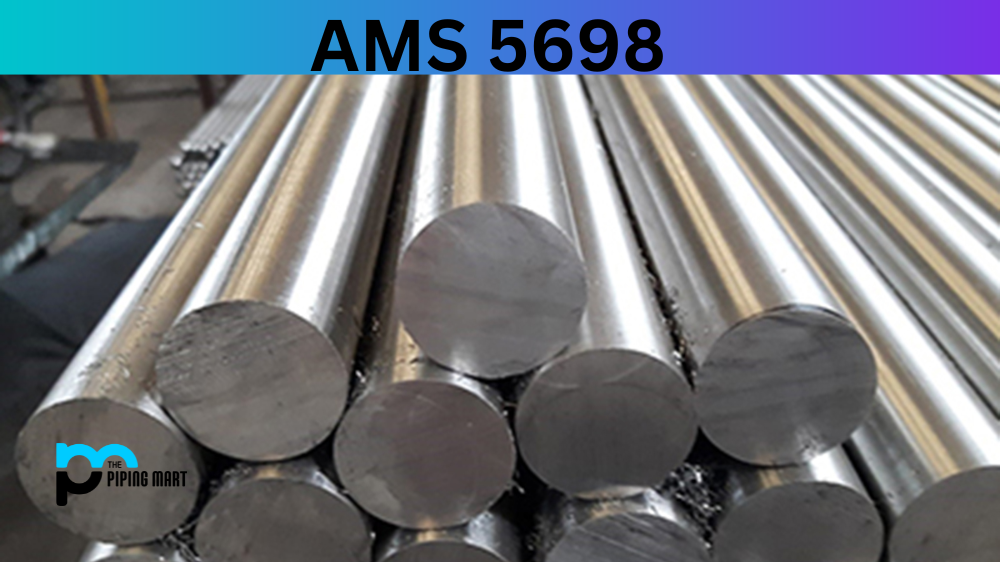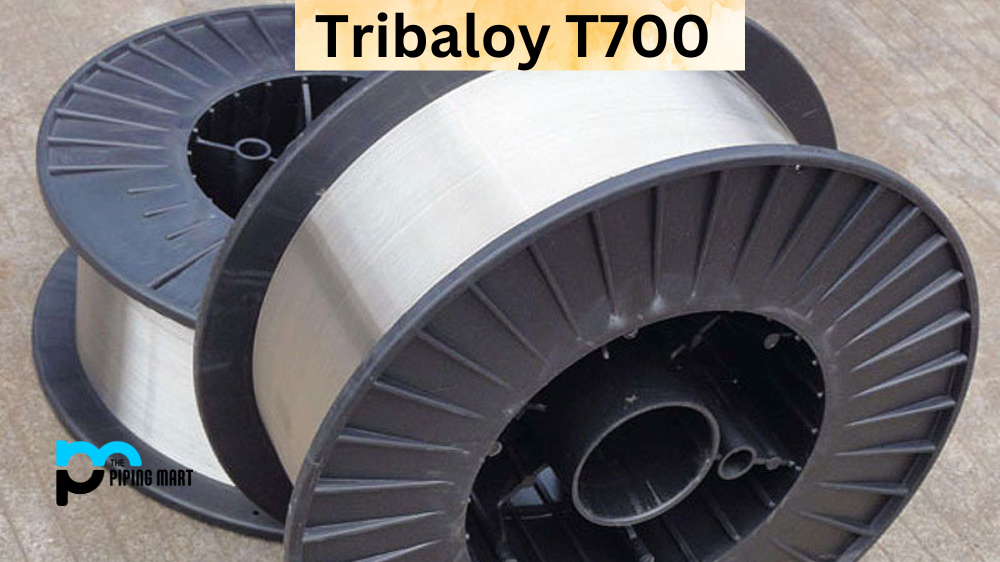Copper is an important metal and is widely used in various applications. One of the copper alloys, C12300 Beryllium Copper, stands out due to its unique properties. It is a heat-treatable, high-strength copper alloy with excellent electrical conductivity, corrosion resistance, and biocompatibility. As a result, it is often used in specialized manufacturing and engineering applications. In this blog post, we will explore the composition, physical and mechanical properties, and uses of C12300 Beryllium Copper.
C12300 Beryllium Copper Composition
C12300 Beryllium Copper consists of approximately 1.9% – 2.2% beryllium with a small amount of cobalt and nickel. Additionally, the alloy contains copper as the primary base metal. Combining beryllium and copper gives this alloy unique characteristics such as high strength, excellent conductivity, and the ability to withstand high temperatures.
C12300 Beryllium Copper Physical Properties
The physical properties of C12300 Beryllium Copper make it an attractive choice for many industrial applications. This alloy has a high melting point of around 1,050°C and excellent thermal and electrical conductivity. Furthermore, it exhibits excellent machinability and can easily form into different shapes.
C12300 Beryllium Copper Mechanical Properties
C12300 Beryllium Copper has excellent mechanical properties, making it a popular choice for high-stress applications. Its 140-160 HB hardness rating makes it highly deformation-resistant, ensuring longer-lasting components. Additionally, this alloy has a high tensile strength of up to 1400 – 1600 MPa, making it ideal for use in springs, switches, and connectors.
C12300 Beryllium Copper Uses
C12300 Beryllium Copper is versatile and suitable for many different applications. This alloy is often used in the aerospace industry, where its high strength and heat resistance are beneficial. Additionally, C12300 Beryllium Copper is commonly used in the automotive industry due to its excellent resistance to corrosion, wear and tear. Other applications include electrical connectors, switches, and jewellery.
C12300 Beryllium Copper Hardness
The strength and hardness of C12300 Beryllium Copper make it an excellent choice for many industrial applications. This alloy’s hardness is often characterized by its high tensile strength, yield strength, and fatigue resistance. Its hardness rating makes it ideal for use in environments where parts experience high-stress and stress cycles.
C12300 Beryllium Copper Heat Treatment
C12300 Beryllium Copper is a heat-treatable alloy, meaning its mechanical properties can be enhanced through heat treatment. These processes typically involve heating the alloy to high temperatures before cooling it rapidly to harden it. The heat treatment process ensures that the alloy retains its physical and mechanical properties, including its high strength and electrical conductivity.
C12300 Beryllium Copper Welding
Welding C12300 Beryllium Copper can be challenging due to the high risk of cracking and porosity. As a result, it is often necessary to follow strict welding procedures to ensure successful and reliable welding. Welding C12300 Beryllium Copper typically requires either gas tungsten arc welding or resistance welding.
C12300 Beryllium Copper Corrosion Resistance
C12300 Beryllium Copper exhibits excellent corrosion resistance, making it suitable for outdoor or marine environments. Exposure to the elements, including saltwater, doesn’t corrode the alloy as other materials would. C12300 Beryllium Copper is highly resistant to stress corrosion cracking, and its anti-galling properties prevent it from seizing up in high-stress environments.
Conclusion:
In conclusion, C12300 Beryllium Copper is a high-strength, heat-treatable alloy with unique physical and mechanical properties such as excellent machinability, thermal and electrical conductivity, and resistance to corrosion and wear. Its vast and varied uses include aerospace, automotive, and electrical applications. It is a reliable and attractive choice where parts experience high-stress conditions, and its ability to withstand the elements makes it ideal for use in outdoor or marine environments.

Meet Bhavesh, a seasoned blogger with a wealth of knowledge and experience. From metal products manufacturing to retail, Bhavesh has a diverse background in various industries and is dedicated to sharing his insights and expertise with readers.




